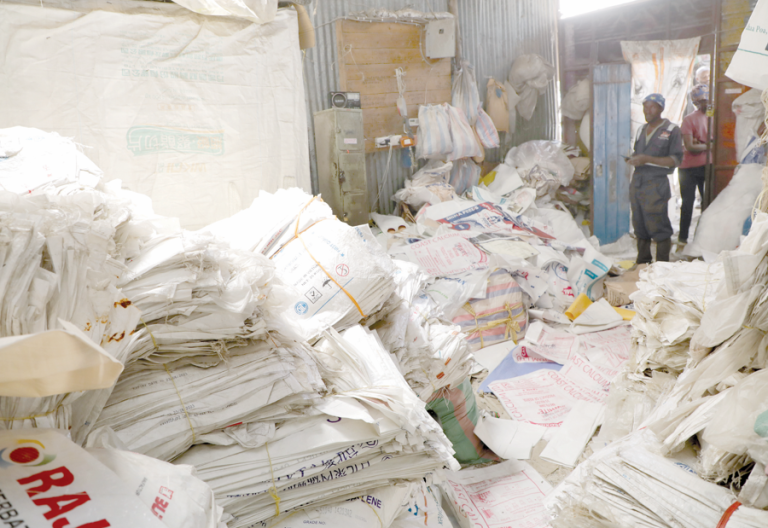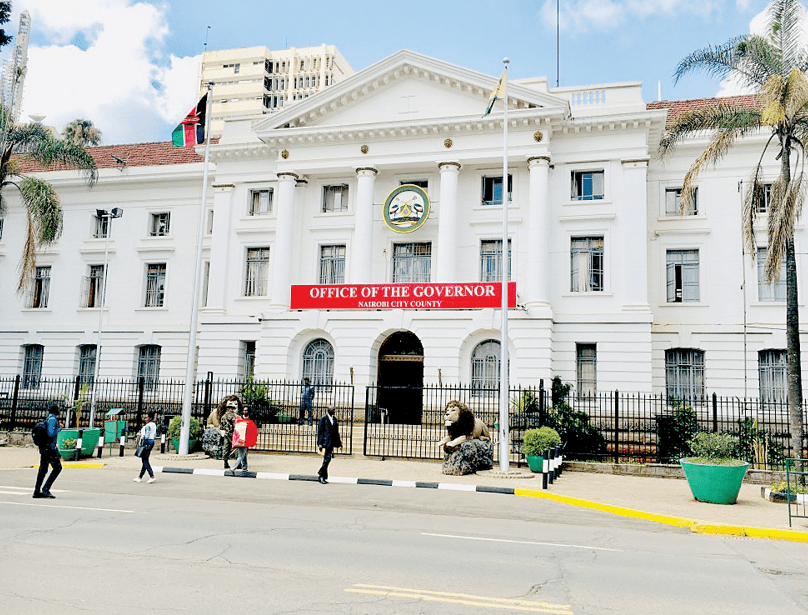Anti-counterfeit tactics must adapt to digital evolution

Once confined to backstreet markets and informal stalls in Baba Dogo slum, Nairobi, Kenya’s counterfeit trade has morphed into a sophisticated business conducted on attractive digital platforms. What began as fake goods delivered in sacks and pickup trucks under cover of darkness has evolved into a disguised operation thriving in the labyrinth of digital sites where distinguishing real from fake becomes increasingly difficult.
The 2024 National Consumer-Level Survey by the Anti-Counterfeit Authority reveals today’s hydra-headed counterfeit ecosystem seamlessly integrating informal vendors with formal retail outlets and, more significantly, online platforms to win unsuspecting consumers’ confidence.
Street vendors still dominate as counterfeit sources, cited by 59.37 per cent of consumers, followed closely by kiosks and small shops at 54.42 per cent. Notably, 21.31 per cent of counterfeit purchases now occur in supermarkets – previously trusted formal outlets. On the digital front, 31.27 per cent of counterfeit transactions happen online.
From Facebook and Instagram storefronts to local e-commerce sites and WhatsApp groups, counterfeiters increasingly operate with anonymity, scale, and impunity. Consumers unknowingly purchase counterfeit pharmaceuticals, cosmetics, agricultural inputs, food products, vehicle parts, and electronics – products with direct implications for public health and safety.
This new counterfeiting landscape presents unprecedented challenges. It’s decentralised, difficult to trace, often indistinguishable from legitimate trade, and increasingly normalised by consumers seeking affordability. For every genuine item on shelves or in online carts, a near-identical counterfeit lurks nearby – cheaper and dangerous.
The digital counterfeit economy creates unique challenges. While online platforms offer convenience, they often lack robust product verification protocols. Consumers, drawn by discounts and ease of access, have limited means to authenticate products before purchasing, making e-commerce fertile ground for counterfeiters exploiting regulatory gaps.
These problems compound with findings showing 60.48 per cent of consumers bought counterfeit goods in the past year. Most discovered the truth only after using the product, with nearly 70 per cent of purchases being unintentional. This deception undermines consumer confidence, damages legitimate businesses’ credibility, and threatens Kenya’s broader economic vision.
Given this shifting landscape, we urgently need to reimagine our enforcement, awareness, legal, collaborative, and policy approaches. Traditional methods – market raids and border checks – remain vital but insufficient. The counterfeit battleground has expanded, and our response must rise to meet it.
At the Anti-Counterfeit Authority (ACA), we have begun adapting to this rising tide. We are enhancing digital surveillance capacity and building strategic alliances with the Communications Authority, e-commerce platforms, and consumer protection agencies to monitor and act on online violations. We are deploying authentication technologies empowering consumers to verify product legitimacy instantly – tools like the recently unveiled Bleep Technology, QR codes, and SMS-based systems prioritised for public rollout.
We are also intensifying public education campaigns. Awareness remains our strongest defence. When consumers understand risks and know how to spot and report counterfeit products, the entire ecosystem shifts toward authenticity. Our outreach expands beyond town halls and roadshows to include aggressive online engagement, influencer partnerships, and vernacular communication tailored for diverse Kenyan communities.
Our ambition extends further. We’re working closely with lawmakers to review and update Kenya’s and the East African Community’s legal framework.
The writer is the Executive Director of the Anti-Counterfeit Authority












